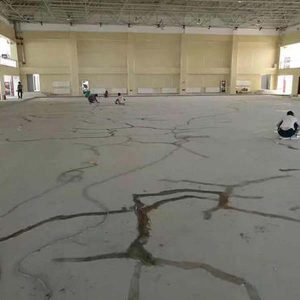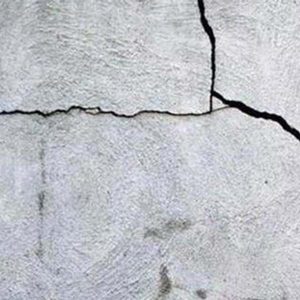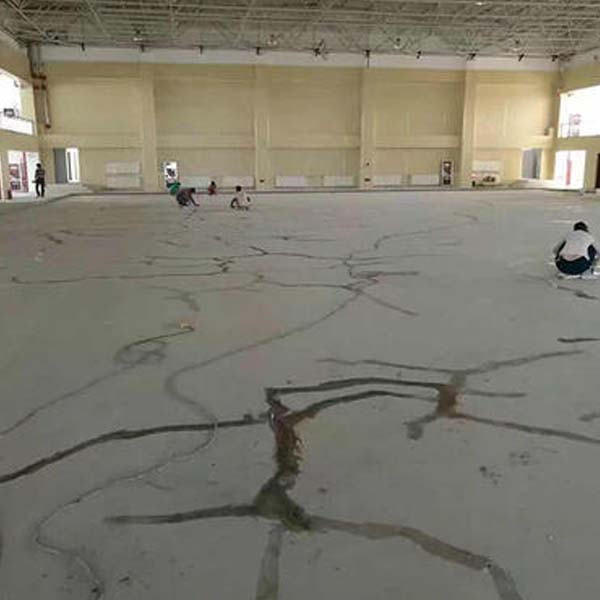By BOFU plastic modular formwork
1.2 Stress cracks
When using concrete structures in buildings and structures, the more common problem is cracks caused by stress. The manifestation of cracks in this kind of stress problem is also comprehensive, not only irregular settlement cracks, but also stress cracks and overload cracks. These cracks are particularly common in current construction projects. From the perspective of settlement cracks, uneven settlement of the foundation can cause cracks in the concrete structure. From an overload point of view, the stress of the concrete structure of the building and structure engineering exceeds its own bearing capacity, which leads to the occurrence of cracks. The occurrence of such cracks is more dangerous and may cause damage to the concrete structure.
The key is the stress cracks of concrete structures under internal force and stress, and a series of cracks that should be considered in the design of concrete structures.

1.3 Temperature change
Firstly, concrete and formwork plays an important role in the pouring, curing and hardening process. Due to the hydration of cement, a large amount of water is heated, the temperature difference between the inside and outside of the concrete structure is big, and the expansion is uneven, resulting in tensile stress on the surface and compressive stress inside. When the force difference between the two is too large, the tensile stress exceeds the compressive stress, it creates a crack;
secondly, early removal of formwork or winter construction occurs cracks. When the vibration-free concrete is poured, the cement hydration heat is too high, and when the component surface temperature is uneven in the cement water during the transformation process, temperature shrinkage will be caused. The shrinkage will be affected internally, and a large tensile stress will be formed on the concrete surface. When this kind of force is formed to a certain extent, cracks are formed on the surface of the concrete, and under the influence of temperature, the mass concrete is more prominent.

1.4 Impact of concrete itself
Concrete itself generates a certain amount of heat, and the heat of hydration will accumulate inside, causing the temperature to rise. Because the structure is under a natural heat dissipation condition, the heat dissipation effect is poor. The actual maximum temperature inside the concrete is mainly in the first three days of the concrete. As the time increases, the elastic modulus increases, and the effect on the internal temperature and shrinkage of the concrete becomes larger and larger, which causes a large tensile stress. When the tensile strength of the concrete is not enough to resist the pressure, temperature cracks begin to appear.
1.5 Cracks caused by chemical reactions
There are two types of cracks caused by chemical reactions: alkali aggregate reaction cracks and steel corrosion cracks. In terms of construction, cracks can be caused by many reasons, such as formwork, support deformation, and concrete manufacturing processes. Later maintenance is also very important. Therefore, the generation and extension of cracks may have some relationship with the inherent characteristics of concrete and various construction factors. The development of the same crack is often caused by multiple reasons.
To be continue…
BOFU plastic formwork system
